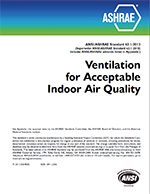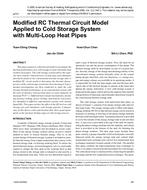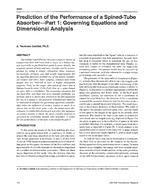This paper summarizes part of the work performed under an ASHRAE research project entitled “Building Operation and Dynamics Within an Aggregated Load” (RP -1146), which was meant to (a) identify situations and conditions under which aggregating individual building loads is attractive for managing total, multi-building load and (b) identify and evaluate operating and control strategies for use in individual buildings that will reduce energy operating costs at the aggregate level by taking advantage of the diversity in demand among buildings. Research was done in two phases. Tasks undertaken as part of phase I involved an extended background on electric utility aggregation, a detailed description of each of three case-study sites where multi-building load aggregation and subsequent energy management strategies were performed, and a summary of the lessons learned from the above case studies. A previous paper by Reddy et al. (2004) described the Phase I results as well as the simulation case study to illustrate the benefits of multi-building load aggregation and control. The second phase of the work consisted in formulating and proposing a list of 11 tools that could be used by aggregators and their customers to alter the operation of buildings to control load. The objective of this paper is to provide a broad description of utility deregulation, list the types of issues faced by building owners and load aggregators, provide an overall description of the 11 proposed tools, and specifically describe the functionality of Tools 1-4 needed for assembling a portfolio of customers suitable for proactive aggregation. The companion paper by Norford and Reddy (2004) describes the functionality of Tools 5-11, which deal with optimal operation of the aggregate of buildings.
Units: Dual
Citation: ASHRAE Transactions, vol. 110, pt. 2
Product Details
- Published:
- 2004
- Number of Pages:
- 14
- File Size:
- 1 file , 860 KB
- Product Code(s):
- D-23238


